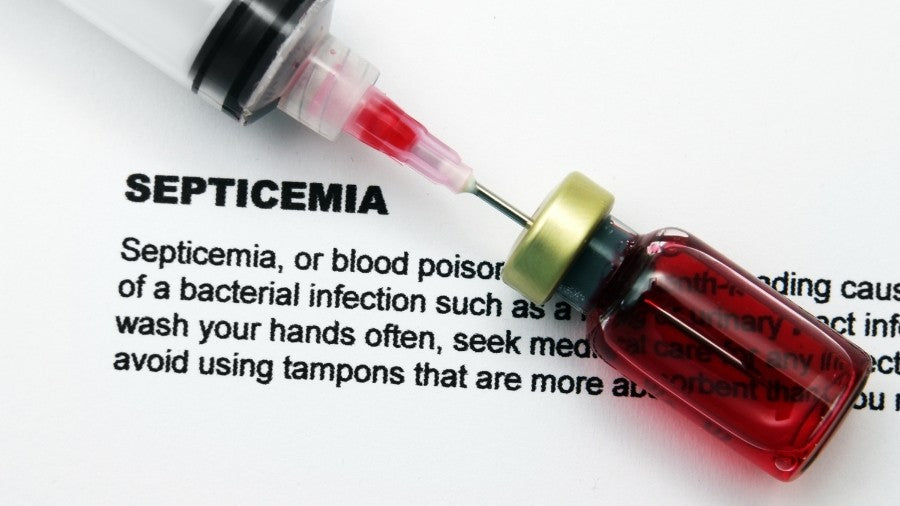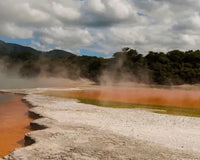A septic spot is a type of skin infection, these spots can appear anywhere on the skin. These spots look like small blisters, filled with yellow or white puss. However, it is difficult to identify as it can look similar to acne. A simple spot can develop into sepsis. It poisons the blood and causes the body to react by attacking its own organs and tissues.
The word septic by definition means: “Infected with microorganisms, especially harmful bacteria.” It stands for the word: ‘Septicaemia.’
Who is at risk of developing a septic spot?
- Newborn sepsis is caused by bacteria, a baby may become infected before birth if your amniotic fluid is infected. During delivery, the newborn may be exposed to an infection in the birth canal. Once born, a baby may be exposed to infections in the hospital or at home.
- Whilst sepsis can affect anyone who has an infection that develops into a complication.
The people who are the most at risk of sepsis are the very young and the old, and anyone with a weakened immune system, or suffering from a chronic illness, including diabetes, kidney or liver disease, AIDS, and cancer.
Is sepsis (septic, septicemia) dangerous?
Yes, it can be extremely dangerous. It causes the chemicals from your bodies defences to trigger inflammatory responses, this, in turn, can impair the blood flow to your most important organs such as your brain, heart or kidneys. This will then lead to organ failure, tissue damage and blood poisoning. At its most severe, it can cause very low blood pressure and can be fatal.
What is the treatment for a septic spot?
Treatment varies depending on the severity of the infection. Treatments include antibiotics, IV fluids, and also oxygen if needed.
Suspected sepsis?
We were one of the extremely lucky ones after my son was born he had a spot that didn’t seem to fade. He was being checked over by a paediatric nurse, which is how they discovered the septic looking spot. I, as a dad, had very mixed feelings. As I had not heard of sepsis before, I shrugged off the worry coming from the nurse and thought that she was overreacting. They decided to give him a course of antibiotics as a just in case measure, which I thought at the time was silly.
However, I was silly. I was thinking about myself, and my partner having to stay in the hospital for longer than desired. I thought ‘he is fine, why are they being so dramatic.’ It could have been a lot worse, after the antibiotics we had another nurse come round and check him. The other nurse wiped the area with a disinfectant wipe and realised that it was not a septic spot. It was just a bit of dirt that had got stuck to his skin. Now I felt even more of a know it all, and little ted had to stay at the hospital for monitoring because of the antibiotics. Now, even though I was right, I was wrong.
Conclusion
I am happy that the nurse was overly cautious and gave him antibiotics. When I got home, I did my research and couldn’t believe how serious it can be. We were very lucky that it turned out to be nothing, however, this article was written because I felt that this topic should not go left unheard. If you experience any symptoms or have a spot that doesn’t fade under pressure, high or low fever, problems breathing. Do not hesitate to consult your local GP or doctor.
When you are preparing your hospital bag, you should always make sure that you have considered that you may have to stay in the hospital for longer than expected and to pack extra things.
Up next: Natural treatment for psoriasis









